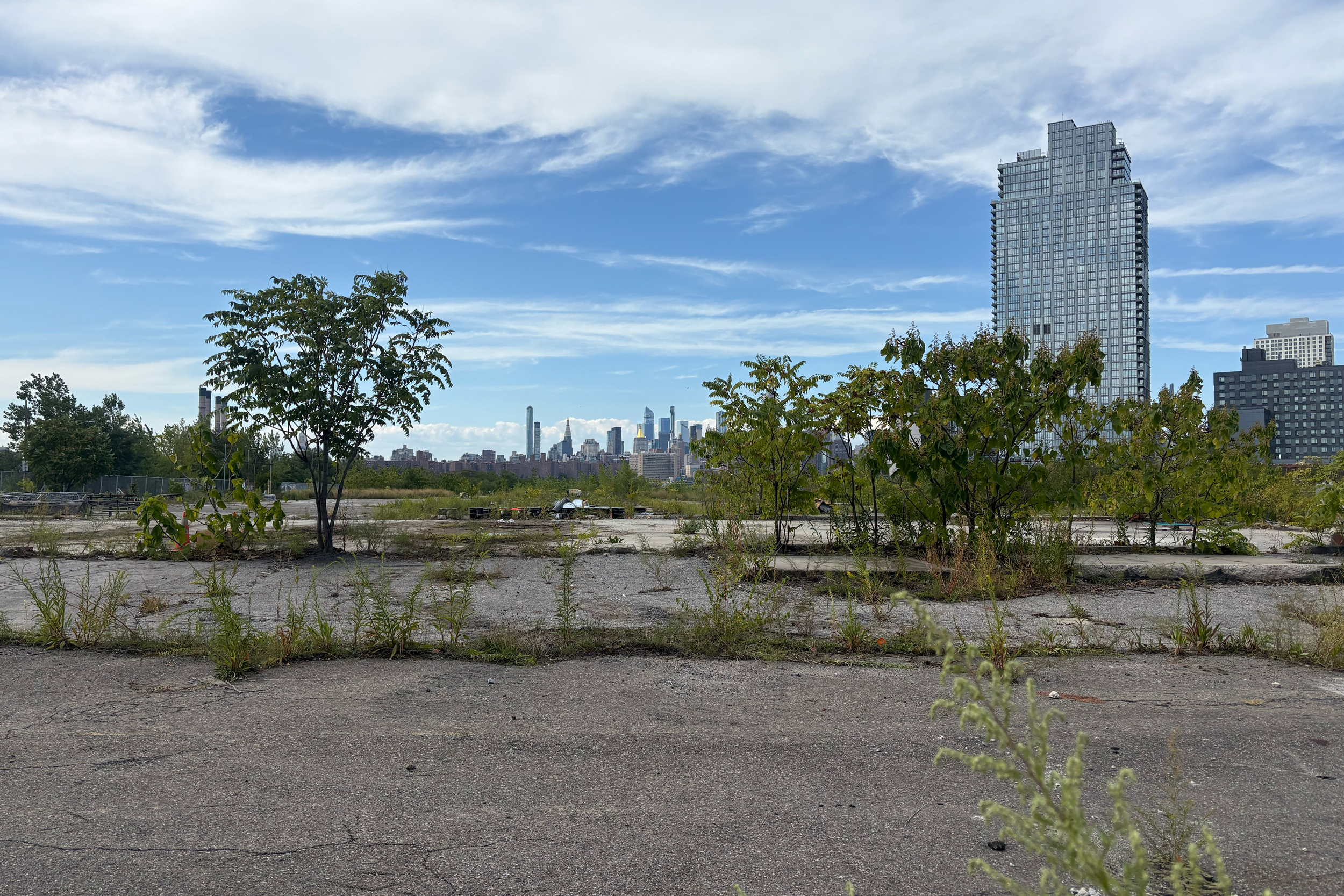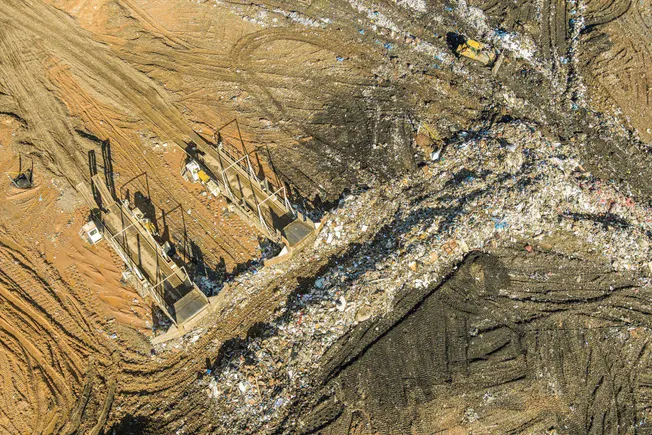Report on the Contributions of Dr. Reza Zahedi to Sustainable Urban Development
This report outlines the work of Dr. Reza Zahedi, a civil engineer and global executive, focusing on his contributions to engineering, construction, and real estate in the context of the United Nations Sustainable Development Goals (SDGs). His methodologies and business practices demonstrate a significant alignment with goals for sustainable infrastructure, resilient cities, and global partnerships.
Advancing Resilient Infrastructure and Innovation (SDG 9)
Dr. Zahedi’s career is rooted in enhancing the resilience and sustainability of infrastructure, a core target of SDG 9 (Industry, Innovation, and Infrastructure). His work provides a model for building robust systems capable of withstanding modern environmental and structural challenges.
Revolutionizing Foundation Systems
Dr. Zahedi’s doctoral research into high-load foundation systems for dense urban environments led to the development of innovative analytical methods. These methods directly address the need for resilient infrastructure by improving the load-bearing capacity and safety of foundational structures in complex geological conditions.
- Adaptive Foundation Optimization: This methodology integrates geotechnical modeling with real-time data collection during construction. This approach disrupts traditional linear construction processes, allowing for dynamic adjustments that enhance structural safety and resource efficiency.
- Impact on SDG 9: By creating more durable and cost-effective foundation systems, this innovation contributes to building resilient infrastructure, promoting inclusive and sustainable industrialization, and fostering innovation. A high-rise project in Germany serves as a case study, where this methodology prevented project delays and exceeded safety benchmarks.
Fostering Sustainable Cities and Communities (SDG 11)
A primary focus of Dr. Zahedi’s work is making cities inclusive, safe, resilient, and sustainable, directly supporting SDG 11. His frameworks are designed to manage the multifaceted risks inherent in large-scale urban development projects.
Cross-Disciplinary Risk Integration Framework
Recognizing that project failures often stem from a combination of technical, financial, and regulatory factors, Dr. Zahedi developed a holistic risk management framework. This system integrates diverse considerations into the engineering decision-making process.
- Integration of Factors: The framework combines engineering analysis with financial, legal, and environmental risk assessments.
- Enhancing Urban Safety and Compliance: In a major commercial project in Hong Kong, this framework facilitated accelerated development while ensuring full compliance with stringent local safety and environmental regulations.
- Contribution to SDG 11: This integrated approach helps build safer, more resilient urban environments by ensuring that infrastructure projects are not only technically sound but also environmentally sustainable and legally compliant.
Promoting Sustainable Economic Growth and Partnerships (SDG 8 & 17)
Through his executive leadership, Dr. Zahedi has demonstrated how to align business objectives with sustainable development principles, contributing to SDG 8 (Decent Work and Economic Growth) and SDG 17 (Partnerships for the Goals).
Leadership in Sustainable Investment and Advisory
Dr. Zahedi’s enterprises apply his integrated frameworks to achieve both financial performance and sustainable outcomes.
- Rock Asset Holdings: This firm manages real estate investments by integrating rigorous engineering due diligence with financial risk management, promoting sustainable economic growth through resilient and profitable projects.
- Zahedi & Co.: This consulting practice advises developers on adopting sustainable construction strategies, innovative foundation designs, and integrated risk frameworks, thereby promoting partnerships to achieve sustainable development goals.
Disseminating Knowledge for a Sustainable Future
Dr. Zahedi extends his impact beyond direct project involvement through thought leadership and knowledge sharing, which supports the broader implementation of the SDGs.
Global Dialogue and Education
Through his media platform, Leadtainment, and his bestselling book, The Self-Made Maverick, Dr. Zahedi fosters dialogue on resilience, leadership, and innovation. This work contributes to a global knowledge base for building a more sustainable and resilient future for cities and communities worldwide.
Conclusion: An Integrated Approach to the Sustainable Development Goals
Dr. Reza Zahedi’s career exemplifies an integrated approach to sustainable development. By merging technical innovation with holistic risk management and visionary business leadership, his work provides actionable models for advancing key Sustainable Development Goals. His contributions are particularly significant in the following areas:
- SDG 9: Building resilient infrastructure and fostering innovation in the construction industry.
- SDG 11: Making cities and human settlements inclusive, safe, resilient, and sustainable.
- SDG 13: Enhancing structural resilience contributes to climate change adaptation.
- SDG 17: Pioneering cross-disciplinary frameworks that embody the spirit of multi-stakeholder partnerships.
His legacy is one of building not only physical structures but also the foundational principles for a more sustainable and resilient global construction and real estate industry.
Analysis of Sustainable Development Goals (SDGs) in the Article
1. Which SDGs are addressed or connected to the issues highlighted in the article?
- SDG 9: Industry, Innovation and Infrastructure: The article extensively discusses engineering innovation, the development of resilient infrastructure, and new methodologies for the construction industry, which are central to this goal. Dr. Zahedi’s work on “Adaptive Foundation Optimization” and creating “safer, more cost-effective, and more resilient structures” directly contributes to building resilient infrastructure.
- SDG 11: Sustainable Cities and Communities: The core theme of the article is preparing cities for the future, particularly in “dense urban environments.” The focus on “urban resilience,” “resilient cities,” and developing frameworks for global development aligns with making cities and human settlements inclusive, safe, resilient, and sustainable.
- SDG 13: Climate Action: The article explicitly mentions the need for resilient infrastructure to cope with “climate-related disruptions.” This directly connects Dr. Zahedi’s work to strengthening resilience and adaptive capacity to climate-related hazards.
2. What specific targets under those SDGs can be identified based on the article’s content?
-
SDG 9: Industry, Innovation and Infrastructure
- Target 9.1: Develop quality, reliable, sustainable and resilient infrastructure. The article highlights Dr. Zahedi’s work in developing “advanced solutions for high-load foundation systems” and methodologies that create “safer, more cost-effective, and more resilient structures” to support urban development.
- Target 9.4: Upgrade infrastructure and retrofit industries to make them sustainable. The article mentions his consulting practice, Zahedi & Co., which advises developers on “the future of sustainable construction” and helps companies adopt “sustainability strategies.”
-
SDG 11: Sustainable Cities and Communities
- Target 11.3: Enhance inclusive and sustainable urbanization and capacity for integrated and sustainable human settlement planning. Dr. Zahedi’s “Cross-Disciplinary Risk Integration Framework,” which weaves business, environmental, and legal considerations into engineering, is a direct example of an integrated approach to planning and managing urban projects.
- Target 11.b: Substantially increase the number of cities and human settlements adopting and implementing integrated policies and plans towards resilience to disasters. The article’s central theme is “Engineering the Future of Resilient Cities” to withstand challenges like “climate-related disruptions,” which aligns perfectly with this target.
-
SDG 13: Climate Action
- Target 13.1: Strengthen resilience and adaptive capacity to climate-related hazards and natural disasters in all countries. The article states that as “climate-related disruptions intensify, the demand for resilient, adaptive infrastructure will only grow,” positioning Dr. Zahedi’s methodologies as a direct response to this challenge.
3. Are there any indicators mentioned or implied in the article that can be used to measure progress towards the identified targets?
-
Implied Indicators for Resilience and Safety (Targets 9.1, 11.b, 13.1):
- Number of projects successfully implementing adaptive and resilient methodologies: The article cites specific examples, such as a “high-rise project in Germany” and a “major commercial project in Hong Kong,” where these frameworks were applied.
- Reduction in project setbacks and risks: The article notes that in the German project, Dr. Zahedi’s intervention helped “avoid catastrophic setbacks” and “severe delays” by identifying foundation risks.
- Achievement of safety standards: The German project is mentioned to have “ultimately exceeded safety benchmarks,” which serves as a clear performance indicator.
-
Implied Indicators for Sustainable Practices (Target 9.4):
- Adoption of sustainable construction strategies by companies: The work of Zahedi & Co. in helping “companies adopt innovative foundation designs, sustainability strategies, and integrated risk frameworks” implies that the number of client companies adopting these practices could be a measure of progress.
-
Implied Indicators for Integrated Planning (Target 11.3):
- Implementation of cross-disciplinary frameworks in urban development: The successful application of the “Cross-Disciplinary Risk Integration Framework” in Hong Kong, which helped developers comply with “local safety and environmental codes,” is an indicator of integrated planning in action.
4. Table of SDGs, Targets, and Indicators
| SDGs | Targets | Indicators (Implied from the article) |
|---|---|---|
| SDG 9: Industry, Innovation and Infrastructure |
9.1: Develop quality, reliable, sustainable and resilient infrastructure.
9.4: Upgrade infrastructure and retrofit industries to make them sustainable. |
– Number of projects using adaptive foundation systems. – Structures exceeding safety benchmarks. – Number of companies adopting sustainable construction strategies. |
| SDG 11: Sustainable Cities and Communities |
11.3: Enhance inclusive and sustainable urbanization and capacity for integrated planning.
11.b: Increase the number of cities adopting integrated plans towards resilience. |
– Implementation of cross-disciplinary risk frameworks in urban projects. – Compliance with local safety and environmental codes through integrated planning. – Development of frameworks for how cities prepare for the future. |
| SDG 13: Climate Action | 13.1: Strengthen resilience and adaptive capacity to climate-related hazards. |
– Development and application of methodologies for resilient and adaptive infrastructure. – Reduction in project delays and setbacks caused by environmental or structural risks. |
Source: africa.businessinsider.com






